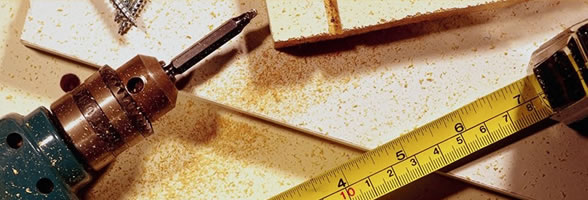
Human Defence System
Pathogens are disease causing bacteria.
The human body has two defence systems to fight these pathogens:
1. General defence system: acts against all pathogens.
2. Specific defence system: attacks particular pathogens.
1. Examples of the general defence system.
Skin: provides a barrier to infection.
Clotting: when skin is broken it prevents entry of pathogens.
Sebaceous glands: found in the skin and produce chemicals that kill bacteria.
Phagocytes (white blood cells):
When cells are damaged by invading micro-organisms they release chemicals which attract white blood cells.
These white blood cells, called phagocytes, then engulf and destroy the bacteria or virus.
Phagocytes can move around the body or remain in a fixed position.
Defence Proteins:
Interferons are a set of defence proteins that are produced by body cells that are infected by a virus. These interferons spread to nearby cells and stimulate them to prevent viral multiplication.
Complements are another type of defence proteins. These are a set of 20 amino acids found in the blood plasma that are activated by infection. They cause pathogenic cells to burst.

2. Examples of specific defence system:
Monocytes:
Are formed in the bone marrow and develop into white blood cells called macrophages.
These macrophages recognise foreign molecules, called antigens, that are present on the surface of pathogens.
Once the macrophage digests the phagocyte these antigens normally get displayed on the surface of the macrophage.
Lymphocytes:
Are white blood cells that produce antibodies. These antibodies attach body cells containing antigens on their surface.
Antibodies.
Antibodies: are proteins produced by white blood cells in response to antigens.
Antigens: are foreign molecules found on the surface of pathogens and stimulate the production of antibodies.
Function of antibodies.
- Prevent viruses and bacteria from entering new host cells.
- Inactivate pathogens by clumping them together.
- Stimulate the complement system (defence proteins),which cause pathogenic cells to burst.

Immunity.
Immunity is the ability to resist disease.
There are two types of immunity.
- Active immunity.
- Passive immunity.

Active immunity.
This is the production of antibodies inside an organism when pathogens invade.
Natural active immunity:
This is when pathogens enter the body in a normal way.
We develop a natural resistance in this way by the body producing antibodies against them.
Artificial active immunity.
This is when pathogens enter the body in an unnatural way e.g. vaccine.
A vaccine is a non-disease causing dose of a pathogen which triggers the production of antibodies.
Passive immunity.
This is when antibodies are passed from one organism to another.
Natural passive immunity.
This is when antibodies are passed from mother to child across the placenta or by breast milk.
Artificial passive immunity.
A person is given an injection containing antibodies made by another organism.
Example: anti tetanus injection. Antibodies are extracted from blood samples taken from horses which have been infected with tetanus bacteria.
Detailed study of lymphocytes.
B-Lymphocytes.
These produce antibodies in response to an antigen.
- B-Cells.
They are matured in the bone marrow and move out into the lymphatic tissue e.g. spleen and lymph nodes.
B-cells are specific to one antigen and produce only one type of antibody.
When B-cells come in contact with target antigens they divide to form a group of B-cells which produce antibodies.
The antibodies inactivate antigen, carries it to a phagocyte to be digested or cause it to burst.
- Memory B-cells.
Allow the body to respond of the same antigen enters body again.
Antibodies are produced much faster and in greater amounts.
T-lymphocytes.
These do not produce antibodies.
- Helper T-cells.
Recognise antigens and enlarge, multiply and form a group of helper T-cells
They secrete a range of chemicals e.g. interferons, which stimulate the production of B-cells which produce antibodies.
- Killer T-cells.
Attack and destroy abnormal cells e.g. cancer cells.
They are stimulated by the helper T-cell chemicals.
Killer T-cells release a chemical called perforin which forms pores in the target cells membrane.
Water and ions then flow into the cell causing it to burst.
- Suppressor T-cells.
Become active after antigen have been destroyed.
They inhibit B-cells and other T-cells.
- Memory T-cells.
Stimulate B-cells to start producing antibodies and Killer T-cells.
.gif)
Click the link below to take a short quiz:
